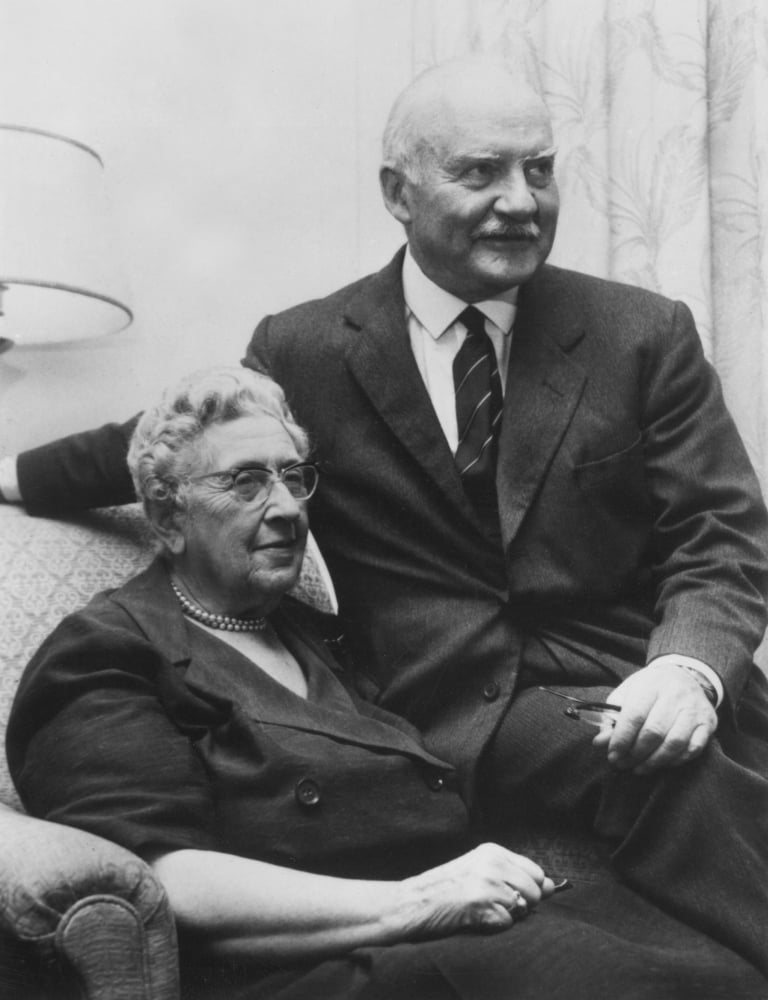
"Face cream in fact is quite a good thing to clean (artifacts) with.

John Curtis, keeper of the Middle East collections at the British Museum says they make up "the finest collection of ancient carved ivories that have ever been found at an archaeological excavation" and are in good condition, possibly because of Christie's efforts. The ivories found by Mallowan and his team were originally made in what is now Syria and Lebanon and brought to Assyria as looted treasures. Nimrud was a city in the Assyrian kingdom, which flourished between 900-612 B.C. Now, 3,000-year-old ivory artifacts recovered by Mallowan between 19 from the ancient city of Nimrud, in what is now Iraq, and likely cleaned by his famous wife using cotton wool buds and face cream, go on display Monday at the British Museum in London. Travel by boat and on the Orient Express to far-flung places such as Cairo, Damascus and Baghdad inspired some of Christie's best-known works of detective fiction, including "Murder on the Orient Express," "Death on the Nile," and "Murder in Mesopotamia." Married in 1930 to eminent archaeologist Max Mallowan, Christie spent two decades living on excavation sites in the Middle East, writing her crime novels and helping out with her husband's work. London, England (CNN) - She is one of the best-known crime writers of all time but few know the extent of Agatha Christie's archaeological pedigree. Contribution to archaeology, including many photographs of digs, increasingly appreciated.




 0 kommentar(er)
0 kommentar(er)
